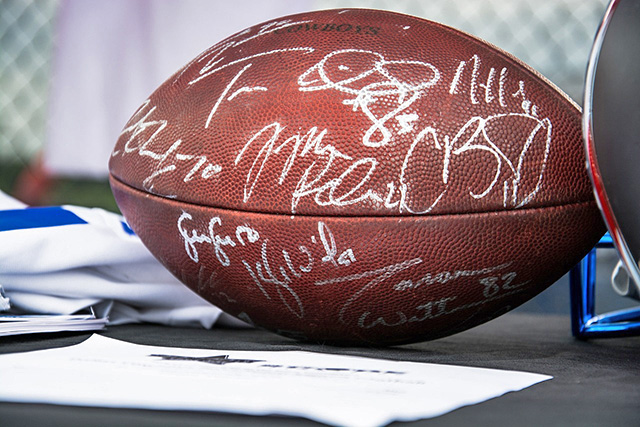The US sports memorabilia market is the largest in the world. However, the love for sports and fans’ admiration of their favorite athletes is universal, which is why, according to a report by Grand View Research published in 2021, the global sports memorabilia market was valued at USD 3.3 billion in 2020. Moreover, experts expect a compound annual growth rate (CAGR) of 5.8% from 2021 to 2028.
This is due to more people enjoying participating in sports-related activities and developing an increased interest in sports. Plus, the existence of extensive online channels where you can buy and sell sports memorabilia encourages more people to engage in trading these items.
But how and who decides on the price, and why do some items get to cost millions of dollars? In this article, we listed the most common factors that influence the price of each item.
Banking on the Nostalgia Factor
The world of sports is inclusive and entertaining. Plus, according to scientists, this is also a very psychologically healthy activity since it’s easier to connect with like-minded people. Sports fandom gives you a place where you feel you belong and provides you with lots of opportunities to relax and enjoy the moment.
Therefore, people collect sporting memorabilia because they are emotionally invested in their favorite teams, players, and moments in sports history. Therefore, most people who buy or sell sports items are often doing so from an emotional place, which brings forth a different set of rules than when buying groceries or regular day-to-day items.
Authenticity
Items that hold any real value on official channels (online or offline) are authenticated by a reputable authentication company. In the US, there are two major companies that cover this aspect (PSA and Beckett), but you can also get a certificate of authenticity from a reputable sports memorabilia store (for a fee).
Overall, if you want to sell your sports memorabilia, we strongly advise that you get it authenticated by a reputable company. This guarantees an increase in value.
 a signed football
a signed footballOnline Markets
Nowadays, most sports memorabilia transactions happen online. After all, it’s easier to participate in baseball card auctions while on your commute or from the comfort of your couch. Plus, you can stay up to date by asking to be notified whenever items that fit your interests are up for auction.
But this also means that the price will be decided by the online market of your choice and not by a centralized authority (as it used to happen back in the day). So, to get an idea of how much an item costs, you can simply look into previous auctions. Of course, this is only valid for more common items.
Rarity & Scarcity
Some sports memorabilia are one-of-a-kind and carry so much emotional value that collectors are willing to pay millions of dollars. A few examples are Babe Ruth’s 1920 Jersey (sold at auction for $4.4 million), Jesse Owens' Olympic Medal from the 1936 Olympics (sold for $1.4 million), and Muhammad Ali's Glove from his 1971 fight against Joe Frazier (sold for $388,375).
Usually, these incredibly rare and valuable memorabilia are items of clothing, sports equipment, or footwear worn by athletes during historical games. However, this is not always the case. For instance, the Honus Wagner baseball card from 1909-1911 sold for $3.12 million. This card is considered one of the rarest in the world of sports memorabilia.
Overall, the value of rare items is influenced by the condition of the item, historical significance, and the level of demand from collectors and fans.
Key Takeaways
Sports memorabilia is expected to grow in the following years, so if you have a rare item that’s authenticated and in good condition, you are in a position of power when it comes to establishing the price. Just make sure to use reliable channels and always do your research.
Related Pages
- Collecting sports cards
- Mickey Mantle Card — the most expensive baseball card
- Honus Wagner card, one of the most expensive sporting collector card.


 Current Events
Current Events